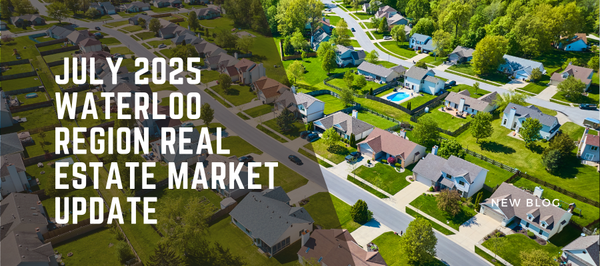

Looking to Upgrade? Explore These Top Neighbourhoods in Kitchener-Waterloo
Looking to Upgrade? Explore These Top Neighbourhoods in Kitchener-Waterloo Thinking about upgrading your home? The Kitchener-Waterloo region offers a wide range of neighbourhoods that cater to every lifestyle—whether you're drawn to luxury living, nature, family-friendly communities, or vibrant urba
Read More

Best Neighbourhoods for Schools in Kitchener-Waterloo
When it comes to finding the perfect home, choosing the right neighbourhood often starts with one key factor: the quality of nearby schools. Whether you’re raising young learners or teens preparing for university, Kitchener-Waterloo offers a wide range of family-friendly communities with excellent e
Read More

Top 5 Family-Friendly Neighbourhoods in Waterloo
Top 5 Family-Friendly Neighbourhoods in Waterloo Looking for the perfect family-friendly neighbourhood in Waterloo? This vibrant city offers a variety of communities that provide excellent schools, parks, and amenities, making them ideal for families of all sizes. Whether you’re searching for a peac
Read More

Top 5 Family-Friendly Neighbourhoods in Kitchener
Top 5 Family-Friendly Neighbourhoods in Kitchener Looking for the perfect neighbourhood to raise your family in Kitchener? With its welcoming communities, excellent schools, and abundance of parks, Kitchener is home to several family-friendly neighbourhoods that offer a great quality of life. Here a
Read More
Categories
Recent Posts










